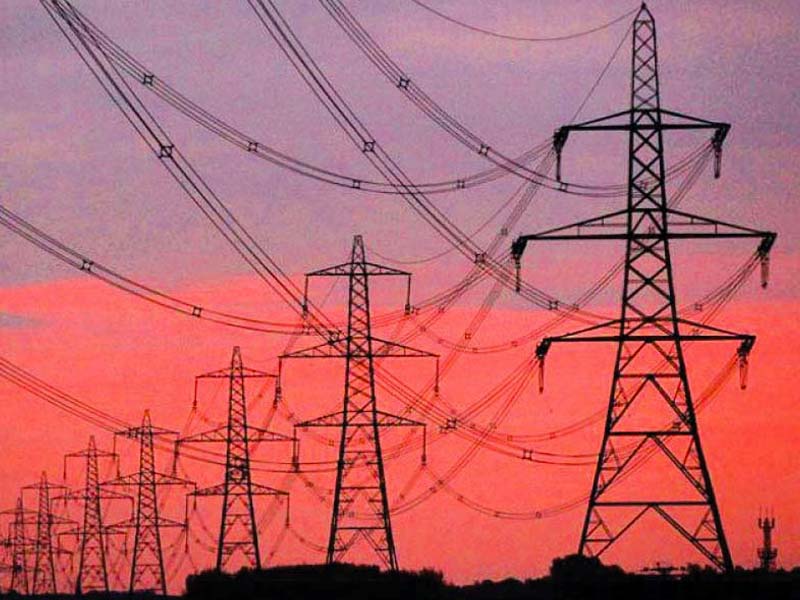
ISLAMABAD: The inquiry commission on debt has initiated probe into the independent power producers (IPPs) for allegedly making hefty profits.
Representatives of the IPPs appeared before the inquiry commission on Monday and submitted their one-year earnings record. The commission has sought details of review petitions, proceedings and analysis of IPP profits.
“We have submitted one-year record to the commission,” Khalid Mansoor, member executive committee of the IPP Advisory Council told media at a press conference.
He pointed out that there was a perception that the IPPs were making three to four times higher profits than those allowed by the National Electric Power Regulatory Authority (Nepra). He said the National Accountability Bureau (NAB) and Nepra were also examining the IPPs’ earnings but court granted a stay order against the probe initiated by Nepra.
However, now, the inquiry commission has kicked off an investigation into the conduct of IPPs. The commission asked questions about profits, procedure for setting up power plants and oil supply to the plants. About heat rate audit of the IPPs, Mansoor suggested that the government would have to come up with relevant rules. “We are ready to conduct the heat rate audit but the government would have to set rules,” he said, adding that the government would have to compensate if the heat rate was lower and the IPPs would share cost if the heat rate was higher.
About proposed revision in power purchase agreements based on “take and pay” basis, he asked what would be the fallout. “It will not send a good signal to investors,” he stressed, adding that the government should transform state-owned power distribution companies by investing billions of dollars to bring efficiency and improvement.
He pointed out that the government had taken the IPPs’ capacity on rent and the power plants could not sell electricity to other customers. “There is 75% cash flow on the part of lenders in the IPPs and there will be no investment if change occurs midway,” he cautioned. He announced that they would present their case on all forums including the Senate Standing Committee on Power, adding that they would also approach the prime minister to get the issues resolved.
“If there is no solution, we have the dispute resolution mechanism. It is our constitutional right to move to international court,” he added.
Mansoor emphasised that the IPPs had been contributing 60% of electricity to the national grid and played a key role in reviving the economy. “The IPP model has been critical in attracting the necessary foreign and local investment required to alleviate power crisis in Pakistan,” he said.
“In future, as Pakistan’s economy grows, more investment will be required to replace and upgrade inefficient publicly owned power plants and add renewable/domestic fuel-based power projects,” he said, adding that the IPPs were operating in a highly regulated environment.
He was of the view that there was a serious lack of understanding of how accurate the rate of return was calculated for the investors in power projects, leading to false accusations of excessive profits. Key reasons for the growing circular debt were excessive transmission and distribution (T&D) losses, power theft, inefficient power generation by publicly owned Gencos and low recovery from consumers by the distribution companies, the IPP executive committee member said.
“IPPs bear most of the consequences of circular debt and end up taking a significant hit on their returns due to time value of money as well as high interest cost of working capital,” he said. At present, the overdue amount of the IPPs stands at Rs370 billion.
Mansoor said high power tariffs for consumers were mainly attributable to higher T&D losses and taxation in Pakistan. Only 60% of the total cost of power is actually related to power generation while 20% comprises T&D losses and 20% pertains to taxes.
Regarding the high capital cost of new power projects, he suggested that upfront tariff needed to be determined for the projects taking the above factors into account.
About the high rate of return, Mansoor said the rate of return required to attract equity investors to huge infrastructure projects including power projects depended on some factors which included country risk premium, benchmark equity premium and technology premium.
Foreign investors could get yield of more than 8% on Pakistan bonds as last Eurobonds were issued at 8.25%. Therefore, he said, the investors taking significant commercial and country risks while setting up large power projects must be incentivised with a risk premium.
Turning to renewable energy projects including solar and wind, he said their cost had fallen significantly in recent years due to rapid technological advancements and increase in manufacturing capacity for associated equipment globally.
Published in The Express Tribune, July 23rd, 2019.
Like Business on Facebook, follow @TribuneBiz on Twitter to stay informed and join in the conversation.

























































COMMENTS
Comments are moderated and generally will be posted if they are on-topic and not abusive.
For more information, please see our Comments FAQ